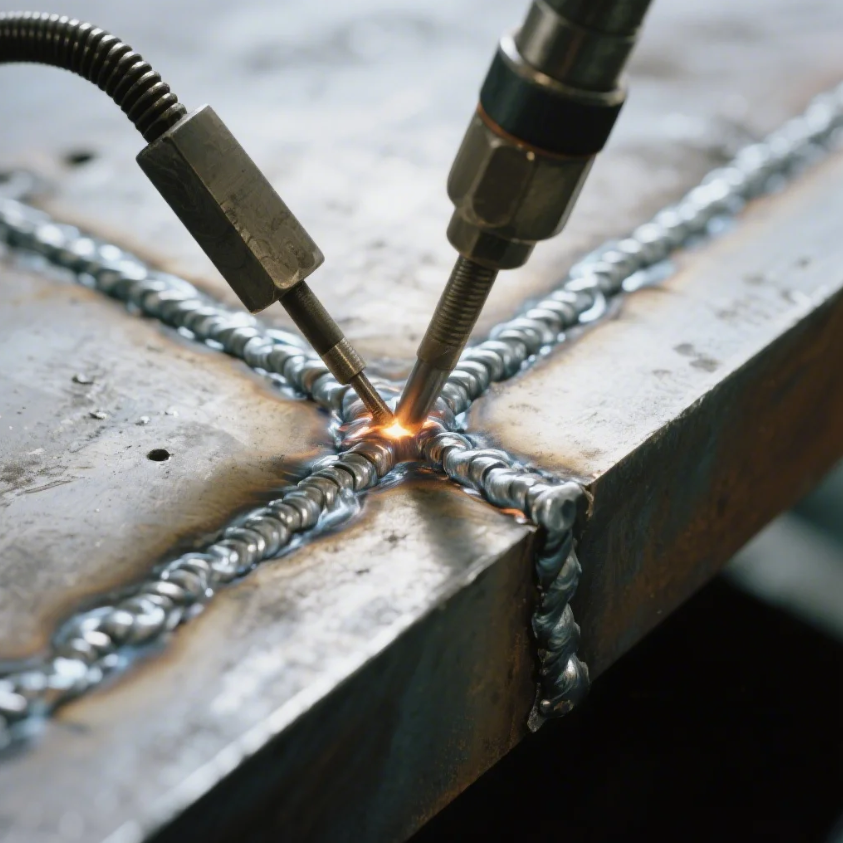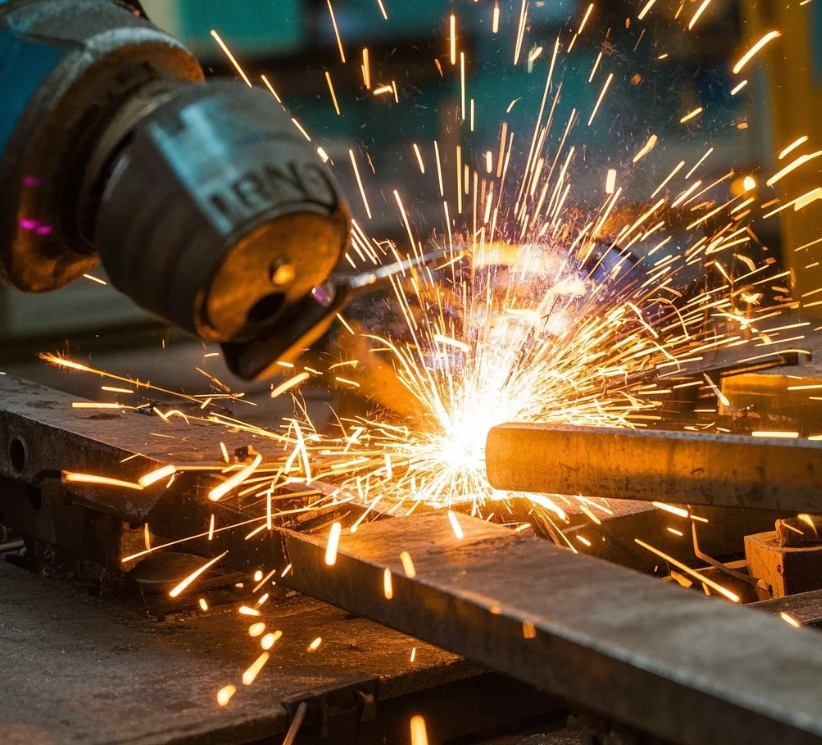What is the easiest position to weld?

TEMPLATE_START What is the Easiest Position to Weld? Welding positions vary, and understanding them is crucial when deciding on the easiest one to work with. Many factors, such as the type of material, joint design, and the welder’s skill level, influence the ease of the task. Snippet paragraph: Whether you’re a beginner or experienced welder, […]
What are the 2 most common welds?

TEMPLATE_START What are the Most Common Types of Welds? Welding can be challenging for many buyers and engineers when choosing the right type of weld for their projects. It’s essential to understand the different weld types to ensure the strength, durability, and cost-effectiveness of your products. Snippet paragraph: Knowing the most common types of welds […]
What does G mean in welding?

TEMPLATE_START What Does "G" Mean in Welding Codes and Classifications? After certifying over 500 welders to ASME and AWS standards, we’ve decoded the alphabet soup of welding terminology – the letter "G" carries specific meanings depending on context, primarily indicating either position or process type. In welding, "G" can mean: 1) A groove weld designation […]
What are the 4 types of welding?

TEMPLATE_START What Are the 4 Fundamental Welding Types Every Manufacturer Should Know? After delivering welded assemblies to 37 countries, we’ve standardized on these 4 welding methods that cover 95% of industrial applications – each with distinct advantages for specific materials and production needs. The four primary welding types are: 1) MIG (Metal Inert Gas) 2) […]
What surfaces should not be directly welded on?

TEMPLATE_START Which Surfaces Should Never Be Directly Welded? During our 30 years of metal fabrication, we’ve identified several high-risk surfaces that cause welding failures – from toxic fumes to structural cracks. These 7 surfaces require special treatment before welding: 1) Galvanized/zinc-coated metals (toxic fumes) 2) Chrome-plated surfaces (contamination) 3) Painted surfaces (defects) 4) Oil-contaminated areas […]

